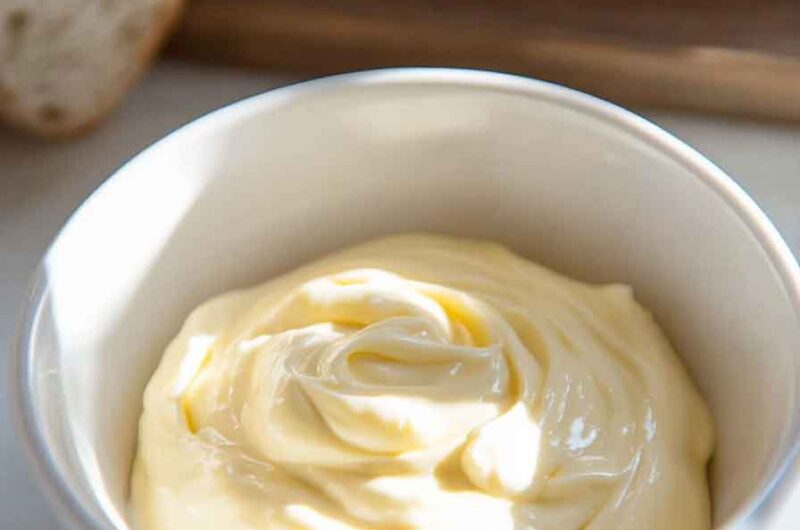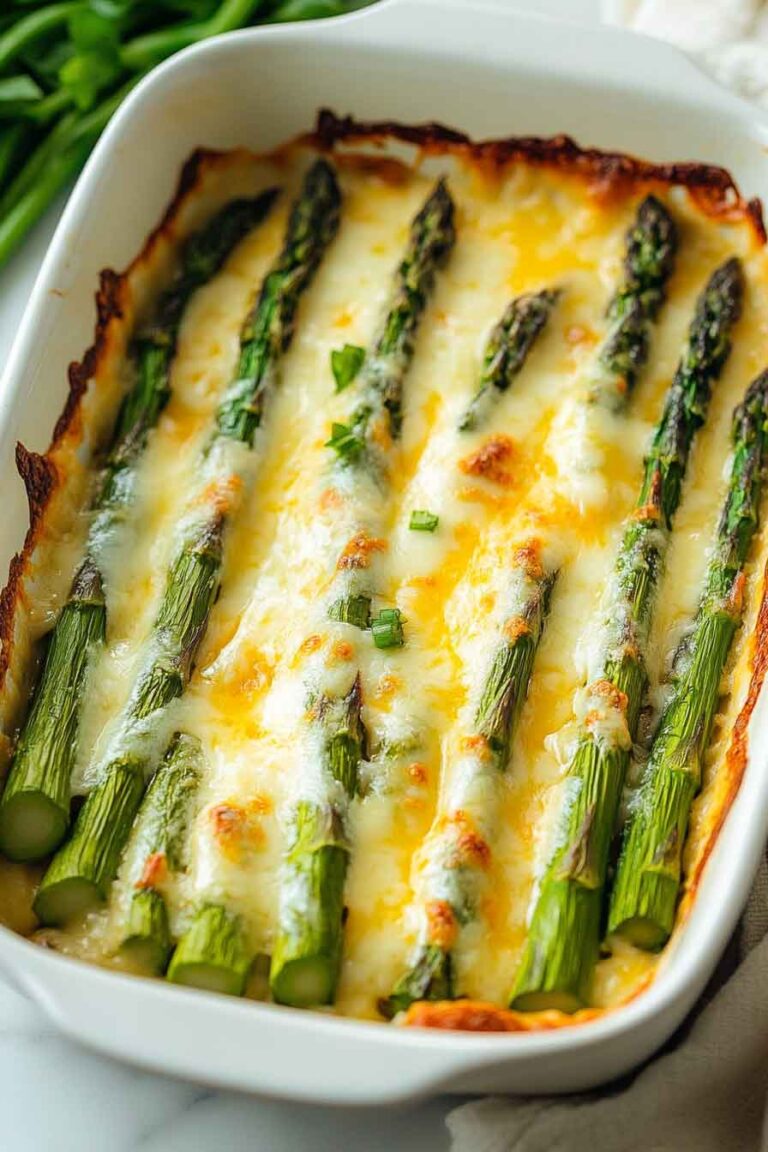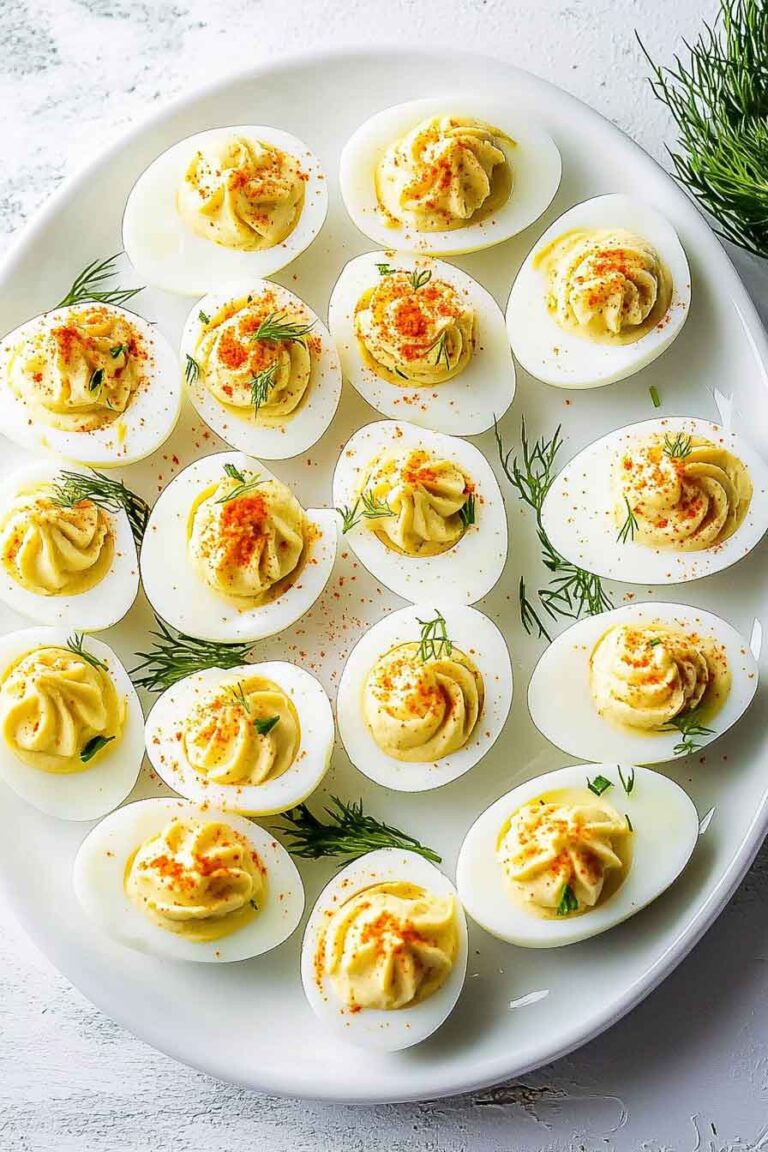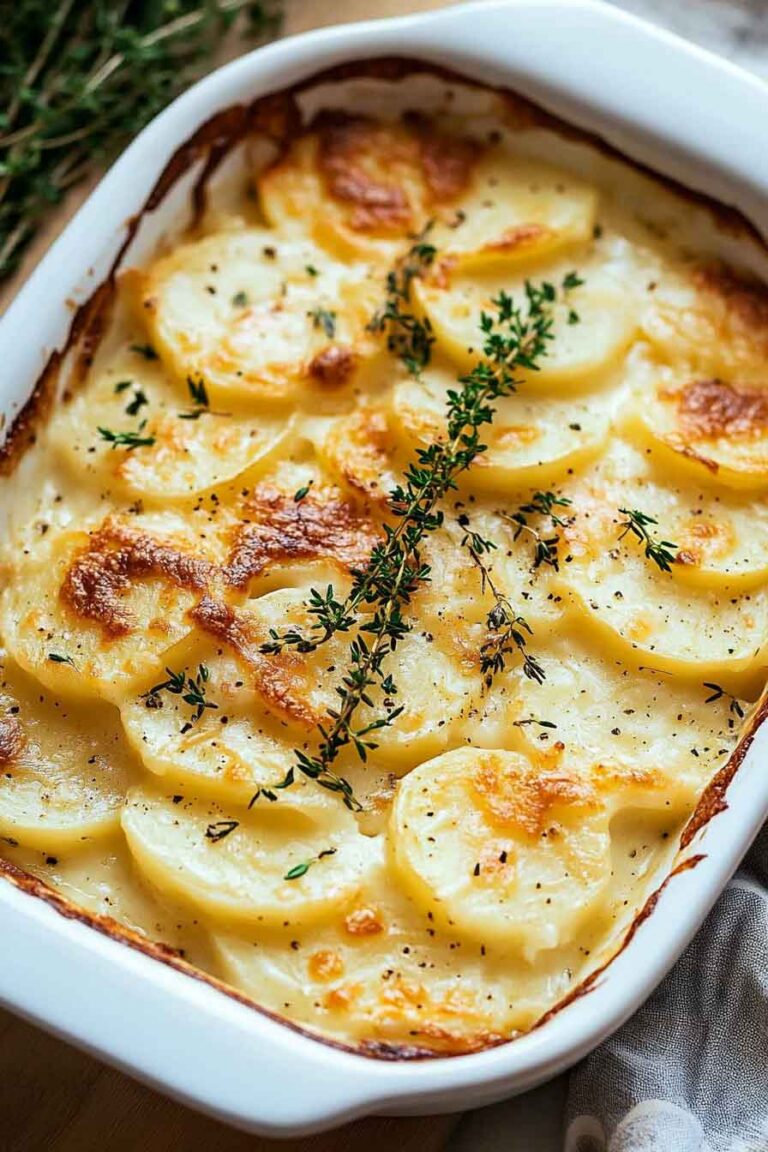Want mayo that’s fresh and made at home? This easy homemade mayonnaise is smooth, creamy, and ready in minutes!
Just a few simple ingredients—egg, oil, lemon, and mustard—blend into rich, fluffy mayo. Tastes way better than store-bought!
Perfect for sandwiches, salads, or dips. Quick to whip up. Super yummy to spread.
Grab your blender and ingredients—let’s mix up fresh mayo magic today!
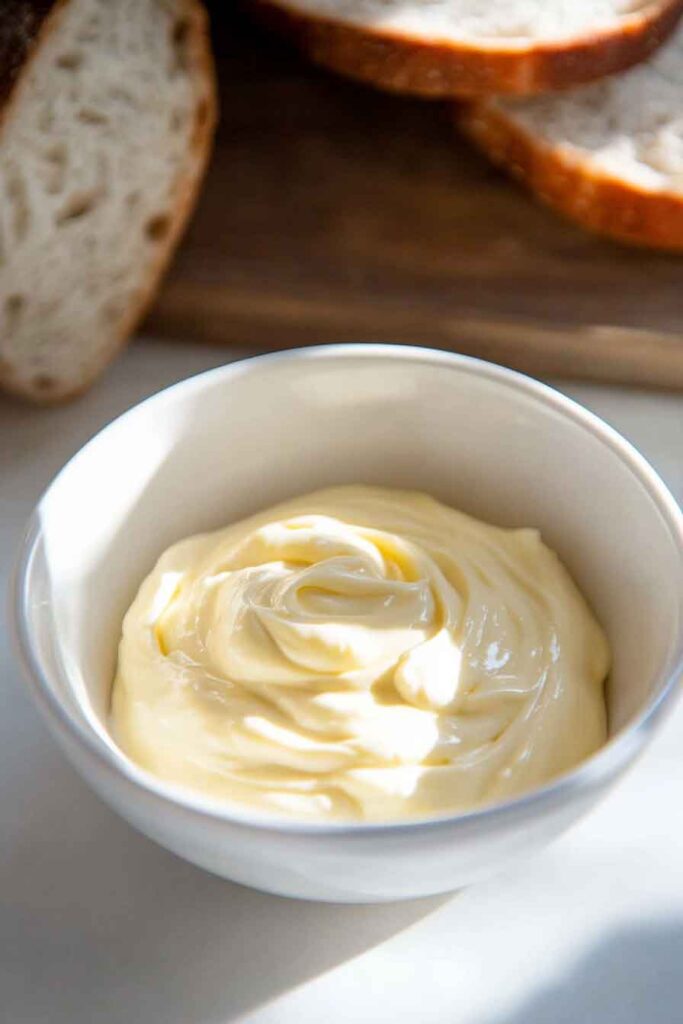
Why You’ll Love This Recipe
- Real Ingredients: No preservatives or fillers—just clean, everyday pantry staples.
- Customizable: Adjust the tang, texture, or richness to your liking.
- Quick to Make: Less than 10 minutes from start to finish.
- Versatile: Perfect for sandwiches, dips, dressings, and more.
- Budget-Friendly: Cheaper than buying premium mayo at the store.
What You Need to Know Before You Start
Prep Time & Cook Time
Prep Time: 5 minutes
Cook Time: 0 minutes
Total Time: 5 minutes
Servings
Makes about 1 1/4 cups of mayonnaise (enough for 4–6 sandwiches or 1–2 recipes that call for mayo)
Difficulty
Beginner-friendly. No cooking involved, just slow pouring and steady blending.
Required Kitchen Tools
- Immersion blender or regular blender (hand whisk optional but harder)
- Tall jar or blending container
- Measuring spoons
- Spatula
Ingredients for Easy Homemade Mayonnaise
Here’s what you’ll need to bring this creamy, tangy condiment together:
- 1 large egg (room temperature works best)
- 1 tablespoon Dijon mustard
- 1 tablespoon red wine vinegar (or white wine vinegar)
- 1/4 teaspoon fine sea salt (or more to taste)
- 1 cup safflower oil (or any neutral vegetable oil)
- 1 teaspoon fresh lemon juice (optional, for brightness)
Variations for Homemade Mayonnaise
- Garlic Mayo (Aioli-Style): Add 1 small grated garlic clove before blending.
- Herb Mayo: Blend in a handful of fresh herbs like dill, parsley, or basil.
- Spicy Mayo: Stir in 1–2 teaspoons of hot sauce or a pinch of cayenne.
- Lemon Mayo: Add extra lemon juice and zest for a citrusy kick.
- Avocado Mayo: Replace half the oil with ripe avocado for a creamy twist.
How to Make Easy Homemade Mayonnaise – Step-by-Step Instructions
1. Start with the Base
Crack the egg into your blending container. Add the Dijon mustard, vinegar, and salt. If using lemon juice, add it now too.
2. Pour in the Oil Slowly
Slowly pour in 1 cup of safflower oil, letting it settle over the other ingredients. This step is key—don’t mix yet.

3. Blend Until Thick and Creamy
Place your immersion blender at the bottom of the jar. Turn it on and keep it still for 10–15 seconds, until the mixture thickens. Then slowly lift the blender upward to incorporate the rest of the oil. You’ll see it emulsify and turn creamy.
Using a regular blender? Add everything except the oil, blend for a few seconds, then slowly drizzle in the oil while the blender is running on low. It should thicken after a minute.
4. Taste and Adjust
Taste the mayo. Add a pinch more salt, a splash of lemon juice, or a little vinegar if you want more tang. Blend again briefly to combine.
How to Serve Easy Homemade Mayonnaise
This mayo is a staple that works in tons of dishes:
- Sandwiches & Wraps: A simple slather for any bread-based meal.
- Potato Salad & Egg Salad: Brings richness and binds everything together.
- Burger Sauce Base: Mix with ketchup and relish for a quick special sauce.
- Coleslaw Dressing: Blend with vinegar and sugar for a creamy slaw.
- Dip Starter: Stir in spices, sriracha, or herbs for a quick dip.
Storing Easy Homemade Mayonnaise
- Refrigeration: Store your homemade mayo in an airtight container in the fridge.
- Shelf Life: It’s best used within 5 to 7 days since it doesn’t contain preservatives like store-bought versions.
- Tip: Label the jar with the date you made it to keep track easily.
- Important: Always use a clean spoon to scoop mayo to avoid introducing bacteria.
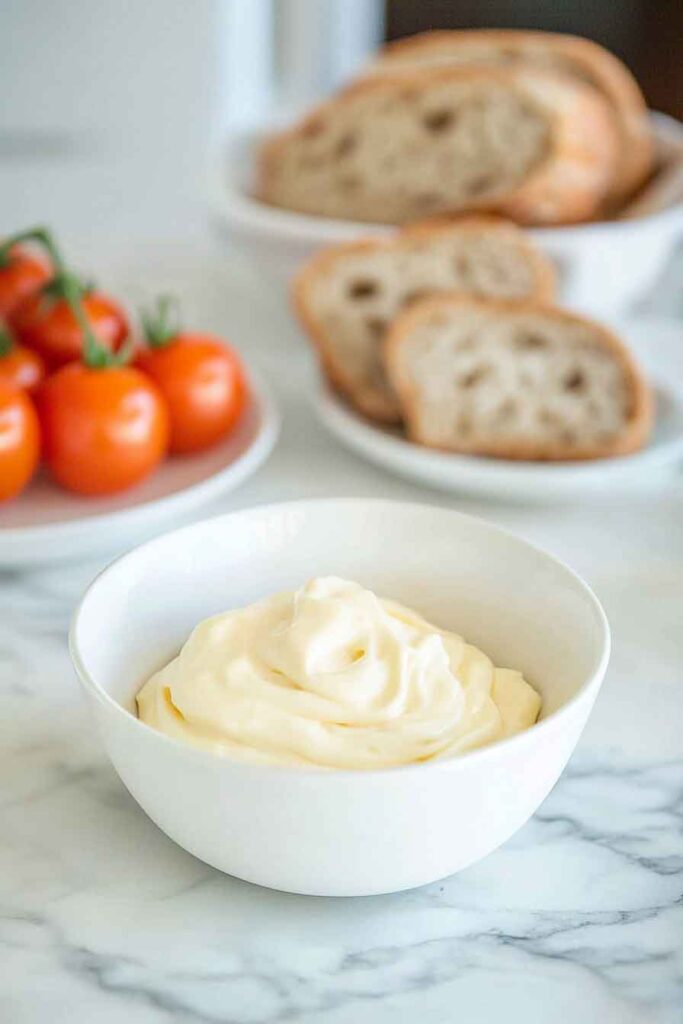
Tips and Tricks for Success
- Room Temperature Ingredients: If your egg and vinegar are cold, the mayo may not emulsify properly. Let them sit out for 15 minutes first.
- Slow and Steady: If pouring oil by hand, go very slowly at the start to help it bind.
- If It Breaks: If your mayo looks thin or separated, blend a fresh egg yolk in a clean jar and slowly drizzle in the broken mixture while blending—it usually saves it.
- Oil Matters: Use a neutral-tasting oil (like safflower or vegetable). Strong oils like extra-virgin olive oil can overpower the flavor unless that’s what you want.
- Flavor Boosters: A pinch of white pepper, a few drops of hot sauce, or a dash of smoked paprika can give it a custom twist.
Nutrition Information
| Serving Size | 1 tablespoon |
|---|---|
| Calories | 94 |
| Total Fat | 10g |
| Saturated Fat | 1.3g |
| Cholesterol | 16mg |
| Sodium | 58mg |
| Total Carbs | 0g |
| Protein | 0g |
Note: Nutrition is estimated based on typical ingredients and may vary.
Easy Homemade Mayonnaise
Course: Snack Recipes1¼
Cups5
minutes94
kcalIngredients
1 large egg
1 tablespoon Dijon mustard
1 tablespoon red wine vinegar (or white wine vinegar)
1/4 teaspoon fine sea salt (or more to taste)
1 cup safflower oil (or vegetable oil)
1 teaspoon fresh lemon juice (optional)
Directions
- Add the egg, mustard, vinegar, salt, and lemon juice (if using) to a tall blending jar.
- Pour the oil gently over the top.
- Place the immersion blender at the bottom of the jar. Blend for 10–15 seconds until thick, then slowly move the blender upward to incorporate the oil.
- Taste and adjust seasoning if needed.
- Transfer to an airtight container and refrigerate. Use within 5–7 days.
Easy Homemade Mayonnaise FAQs
Q: Can I use olive oil instead of vegetable oil?
A: Yes, but use light-tasting olive oil. Extra-virgin can taste bitter in mayonnaise.
Q: What if my mayonnaise is too thin?
A: It likely didn’t emulsify properly. Blend a fresh egg yolk and slowly add the thin mayo to fix it.
Q: Is raw egg safe to use?
A: Fresh, properly handled eggs are generally safe for healthy individuals. If you’re concerned, use pasteurized eggs.
Q: Can I make it without mustard?
A: Yes, but mustard helps stabilize the emulsion and adds flavor. You can substitute with a pinch of ground mustard if needed.
Conclusion
Making your own mayonnaise is a small kitchen skill that brings big rewards. With just a few basic ingredients and about five minutes, you can whip up a creamy, fresh-tasting condiment that elevates anything it touches. Whether you’re layering it into sandwiches or stirring it into dressings, homemade mayo is simple, satisfying, and always a step above store-bought.
